When it comes to seafood, freshness is non-negotiable. Whether it’s the delicate flavor of shrimp or the succulence of oysters, maintaining freshness is crucial to satisfying discerning seafood lovers worldwide. However, achieving optimal freshness during long-distance transport presents unique challenges. In this comprehensive guide, we’ll explore the evolution of seafood packaging and reveal the best practices for selecting packaging solutions that keep seafood fresh and flavorful, every step of the way.
The Evolution of Seafood Packaging
Traditionally, seafood storage relied heavily on ice, posing risks of water damage and spoilage during transit. However, modern innovations have transformed the industry landscape. Advanced packaging solutions, equipped with specialized liners and insulation, offer unparalleled protection against temperature fluctuations and moisture, minimizing waste and enhancing sustainability—a priority for today’s conscientious consumers.
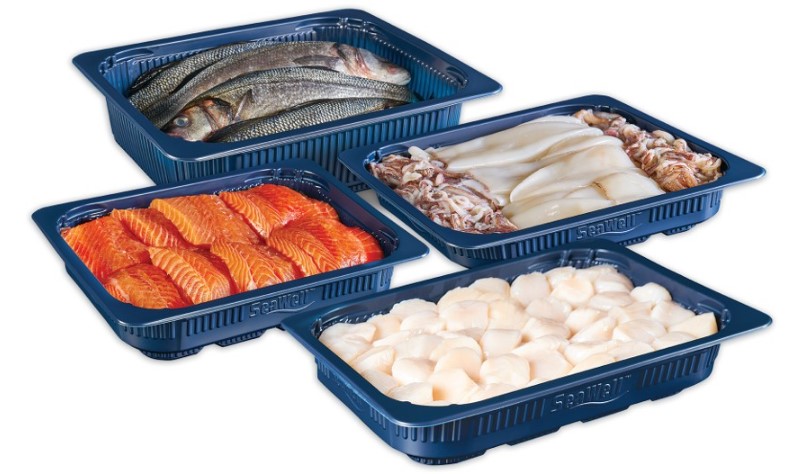
The Key Role of Packaging of Preserving Freshness and Flavor
Effective packaging is the cornerstone of preserving the freshness and flavor of seafood. Vacuum-sealed packaging extends shelf life by creating an oxygen-free environment, while temperature-controlled boxes prevent bacterial growth and maintain ideal conditions. Customized packaging solutions ensure tailored storage conditions, essential for delicate seafood varieties like oysters, guaranteeing maximum freshness from ocean to plate.
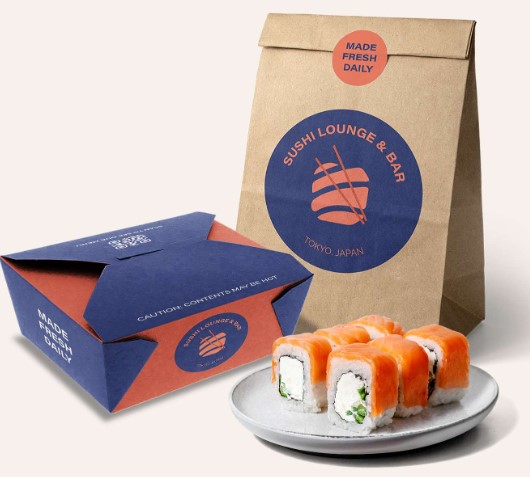
Exploring Seafood Packaging Options
CrownPackages recognizes that a one-size-fits-all approach doesn’t work when it comes to seafood packaging. We offer a diverse selection of boxes to meet your specific requirements:
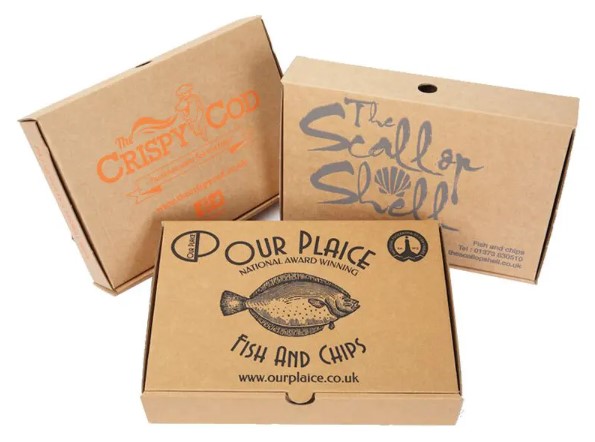
Corrugated Seafood Shippers
These eco-friendly boxes offer superior insulation and protection, customizable to accommodate various seafood products. Ideal for long-distance shipping, they ensure freshness and integrity throughout the journey.

Leakproof Boxes
Crafted from moisture-resistant materials like polystyrene or corrugate, leakproof boxes are designed to prevent spills and leaks, offering peace of mind during transportation.
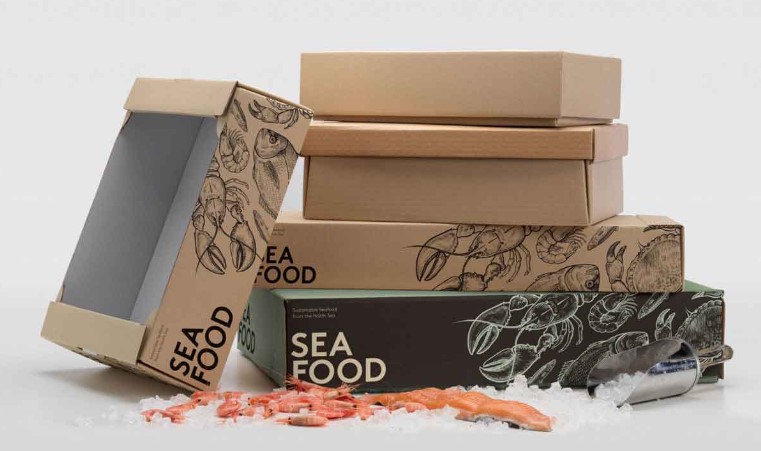
Carton Packaging
Biodegradable and recyclable, carton packaging provides a sustainable option for storing and transporting seafood. Sturdy yet lightweight, cartons are versatile enough to handle different shapes and sizes of seafood while minimizing environmental impact.
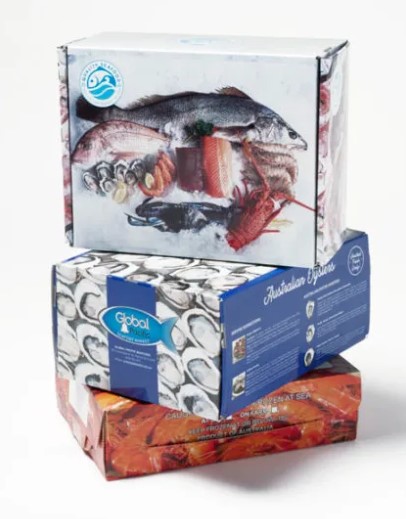
Key Considerations When Choosing Seafood Packaging Boxes
When selecting your seafood packaging partner, prioritize durability and protection. CrownPackages offers boxes specifically designed for seafood, featuring ventilation holes that promote airflow and prevent moisture buildup. We also ensure all our packaging meets the highest industry standards for safety and quality, providing you with peace of mind.
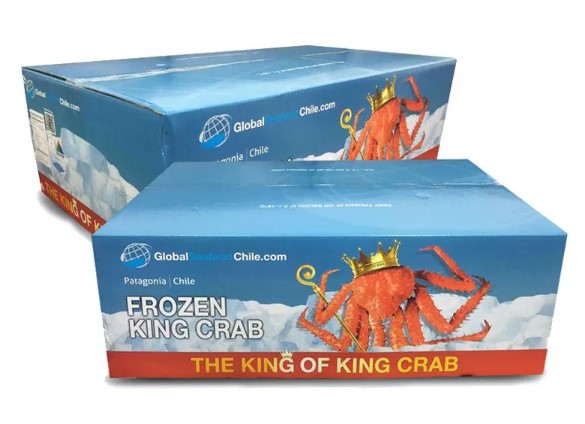
- Durability and Protection: Prioritize boxes that offer robust protection during transportation, safeguarding seafood freshness.
- Appropriate Size: Select boxes tailored to the quantity of seafood, ensuring optimal storage conditions without wasted space.
- Ventilation and Safety: Look for features like ventilation holes to maintain freshness and ensure compliance with industry standards for safety and quality.
- Space-Saving Design: Opt for flat-delivery boxes to maximize storage efficiency and minimize costs, enhancing operational efficiency and profitability.
Thinking outside the Box (Literally)
At CrownPackages , we understand the importance of space optimization. Our innovative boxes can be delivered flat, significantly reducing storage space compared to bulky foam containers. This translates to lower costs and improved profit margins for your business. Custom-made boxes offer an additional layer of efficiency, allowing you to tailor the packaging to your specific needs.
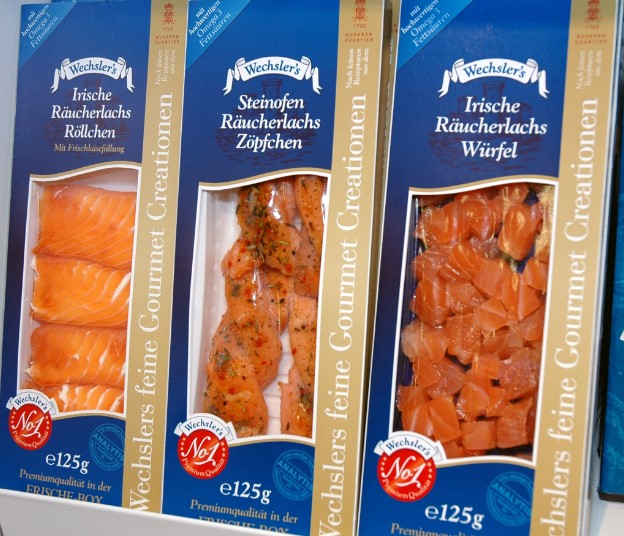
Conclusion
Innovation in seafood packaging has revolutionized the industry, enabling CrownPackages to deliver fresher, safer, and more flavorful seafood products to customers worldwide. With a commitment to sustainability and excellence, our customized packaging solutions cater to the unique needs of the seafood industry, ensuring that every catch reaches its destination in peak condition. For inquiries or personalized packaging solutions, don’t hesitate to contact us. Let’s collaborate to keep your seafood fresh and your customers delighted!
